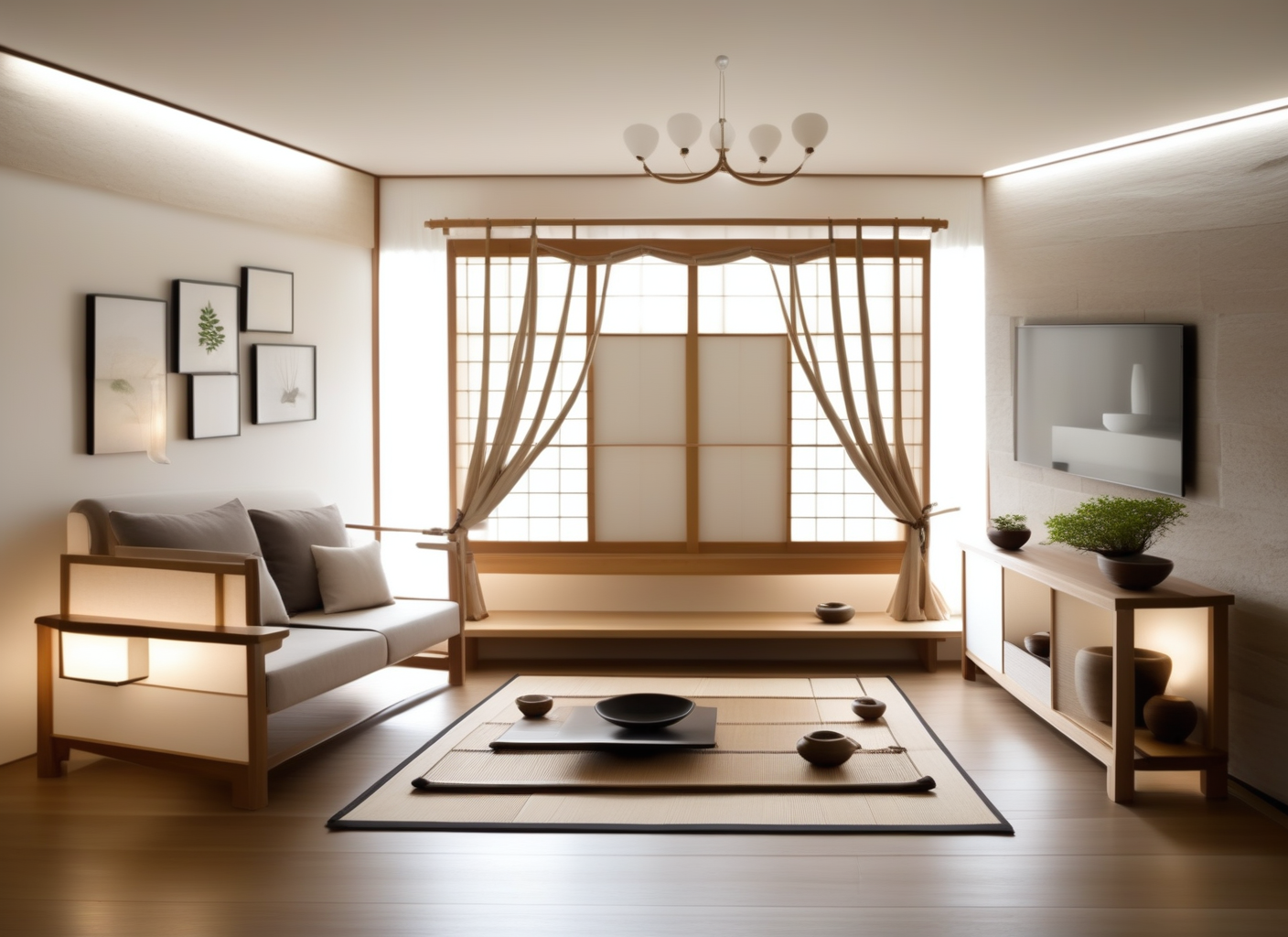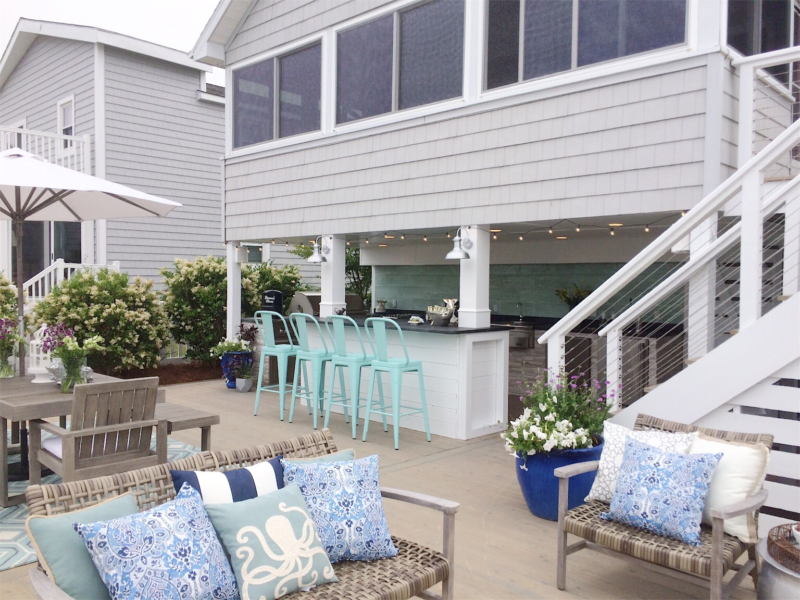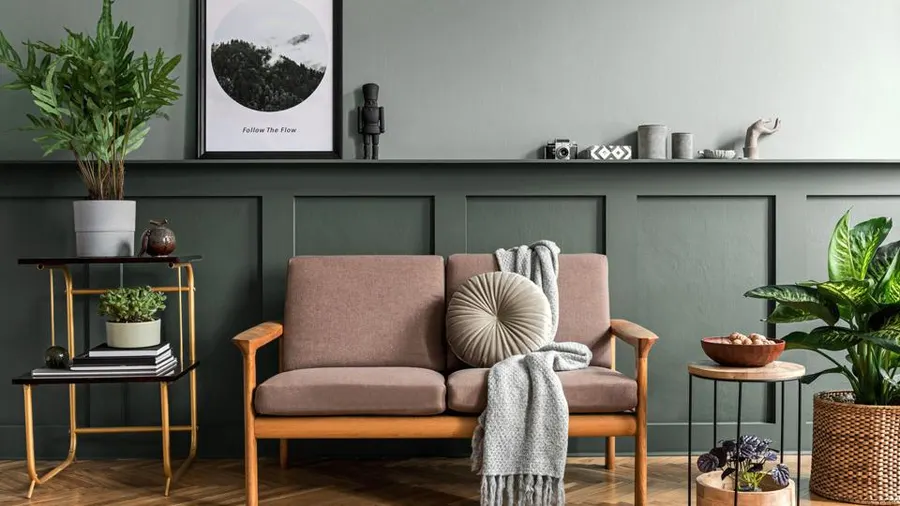Transform Your Space with AI Home Design

AI home design is revolutionizing the way we plan, visualize, and execute interior and architectural projects. By leveraging artificial intelligence, homeowners, designers, and architects can now streamline decision-making, generate design concepts instantly, and personalize living spaces like never before. Whether you are renovating a single room or designing an entire smart home, AI home design offers unparalleled convenience, creativity, and efficiency.
In this comprehensive guide, we will explore how AI is transforming home design, the tools and technologies driving this change, and how you can implement AI-powered solutions in your own home design process.
What is AI Home Design?
AI home design refers to the application of artificial intelligence technologies in the planning, visualization, and implementation of residential spaces. This includes machine learning algorithms, computer vision, natural language processing, and data analytics to automate and enhance the design process.
AI home design tools can:
- Suggest design styles based on user preferences
- Generate 3D models and floor plans
- Offer color palette and furniture recommendations
- Predict energy efficiency and lighting impact
- Provide real-time cost estimations and design adjustments
Benefits of AI in Home Design
1. Personalized Design Experiences AI systems learn user preferences from inputs such as favorite colors, furniture types, and layout choices, allowing the creation of personalized design options.
2. Time and Cost Efficiency AI tools reduce the time spent on ideation and revisions by providing instant feedback and suggestions, leading to fewer errors and cost overruns.
3. Enhanced Visualization Users can see how design choices will look in real time through virtual staging, AR (augmented reality), and 3D modeling.
4. Data-Driven Decision Making AI can analyze trends, space usage, lighting, and thermal data to recommend the most functional and sustainable design solutions.
5. Accessibility for Non-Designers Even individuals without a design background can easily navigate AI platforms to achieve professional-level designs.
Popular AI Home Design Tools
1. Planner 5D Offers AI-powered floor planning and interior design suggestions.
2. Homestyler Uses AI to transform 2D blueprints into immersive 3D spaces.
3. Houzz Pro Integrates AI for mood board creation and project management.
4. RoomGPT Enables users to upload a room photo and receive AI-generated design alternatives.
5. Modsy Uses AI to create photorealistic renderings and personalized shopping lists based on user tastes.
Applications of AI in Different Design Phases
Conceptualization
- AI gathers inspiration from global design databases
- Generates mood boards based on input parameters
Space Planning
- Suggests optimal furniture layouts
- Identifies functional zoning within open floor plans
Material and Color Selection
- Recommends textures and color palettes
- Simulates real-world lighting to show true color effects
Execution and Project Management
- Tracks timelines and budgets
- Alerts users to potential project delays
Trends Driving AI Adoption in Home Design
1. Smart Home Integration AI designs homes that integrate seamlessly with smart devices for automation of lighting, heating, security, and entertainment.
2. Sustainable Living AI helps create eco-friendly homes by analyzing energy usage patterns and suggesting sustainable materials.
3. Remote Design Services Virtual consultations and design collaborations powered by AI expand access to global talent and services.
4. Democratization of Design Free or low-cost AI tools allow a wider audience to engage in design processes, empowering DIY homeowners.
Challenges and Considerations
1. Over-Reliance on Automation While AI is powerful, human creativity and judgment remain essential to truly personalized and contextually aware designs.
2. Privacy Concerns AI tools that collect user data must adhere to privacy regulations and transparent data handling practices.
3. Learning Curve Although many tools are user-friendly, some users may still face challenges in fully leveraging AI features.
Future Outlook: What Lies Ahead for AI Home Design?
The future of AI in home design looks promising with the advancement of generative AI models, voice-activated design assistants, and intelligent robotics. We can anticipate:
- Hyper-personalized designs based on biometric data
- Fully autonomous virtual designers
- AI-enhanced construction and fabrication technologies
As AI becomes more intuitive, its ability to understand and respond to human emotions and preferences will further bridge the gap between machine intelligence and aesthetic sensibility.
Conclusion
AI home design is not just a trend but a transformative force that empowers users to create smarter, more beautiful, and functional spaces. From concept to completion, AI streamlines every step of the design journey, enabling greater creativity, efficiency, and personalization. Whether you’re a homeowner, architect, or DIY enthusiast, embracing AI tools can redefine your approach to home design.
Are you ready to reimagine your space with AI? Start exploring tools and experimenting with your next design project today!




